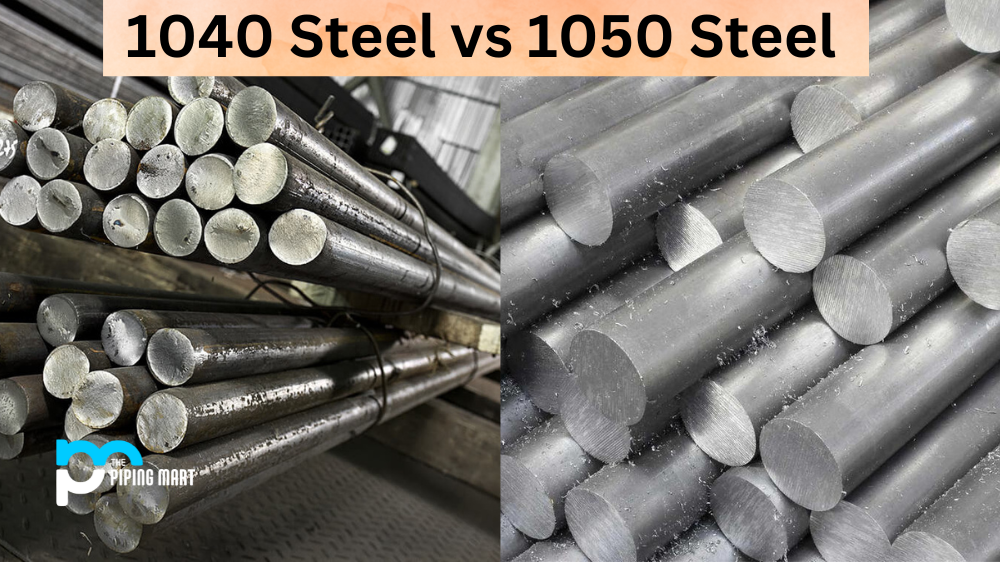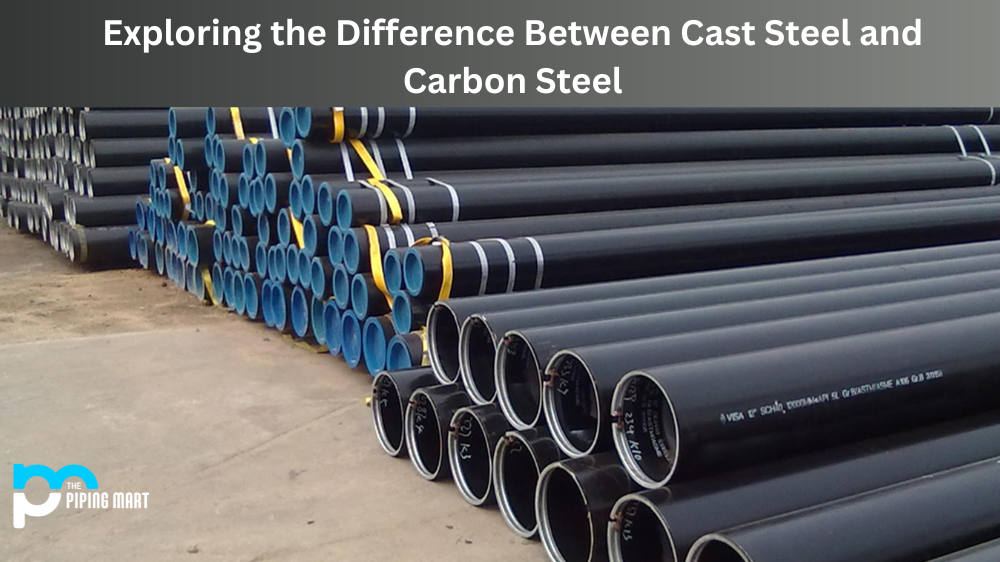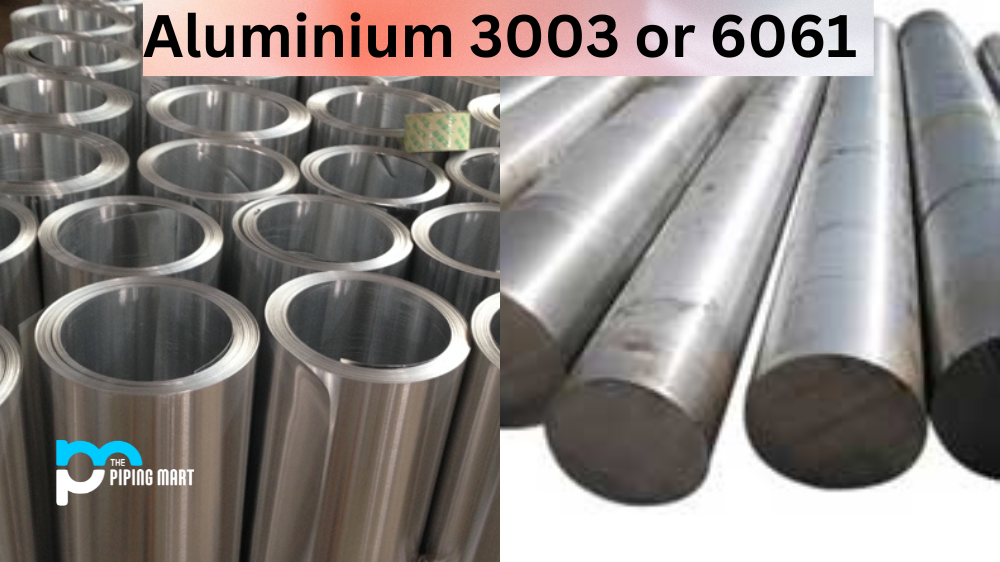When choosing the right steel for a particular project, several characteristics must be considered, such as strength, durability, and corrosion resistance. Two popular options are 1040 and 1050 steel. Both have unique properties that stand out in specific applications, but which is better? In this blog post, we’ll review the differences between 1040 and 1050 steel to help you make an informed decision.
Difference Between 1040 Steel and 1050 Steel
Composition
The most significant difference between 1040 and 1050 steel is their composition. 1040 steel contains 0.4% carbon and 0.6-0.9% manganese, while 1050 steel has 0.5% carbon and 0.6-0.9% manganese. The slightly higher carbon content gives 1050 steel a slight edge when it comes to hardness, which makes it often used in blades, knives, and other cutting tools. On the other hand, the higher manganese content in 1040 steel gives it better toughness and flexibility, making it perfect for heavy-duty machinery and automotive parts.
Stress Resistance
When it comes to stress resistance, 1040 steel is the better option. It has higher tensile strength and can withstand more stress before deformation than 1050 steel. This property and its better toughness make 1040 steel an excellent option for high-stress applications like crankshafts, gears, and parts subjected to significant wear and tear.
Heat Treatment
Both 1040 and 1050 steel can be heat treated to increase strength and hardness. However, 1050 steel responds better to heat treatment than 1040 steel. It can achieve a higher level of hardness and is easier to work with, which makes it a popular choice among knife enthusiasts and blade makers.
Weldability
One of the most significant advantages of 1040 steel over 1050 steel is its weldability. Welding 1050 steel can be challenging due to its high carbon content and the possibility of cracking or warping during the welding process. 1040 steel, on the other hand, is easily weldable with no need for preheating, making it a preferable option in welding applications.
Conclusion
In conclusion, when it comes to choosing between 1040 and 1050 steel, it depends on the application requirements. If strength, toughness, and flexibility are essential characteristics for the project, then 1040 steel is the better option. However, if you’re looking for a steel that responds well to heat treatment and has a higher potential for hardness, then 1050 steel is your best bet. Understanding the key differences between these two steels will help you determine which option best meets your needs and ensure a successful and long-lasting project.

Abhishek is a seasoned blogger and industry expert, sharing his insights and knowledge on various topics. With his research, Abhishek offers valuable insights and tips for professionals and enthusiasts. Follow him for expert advice on the latest trends and developments in the metal industry.




